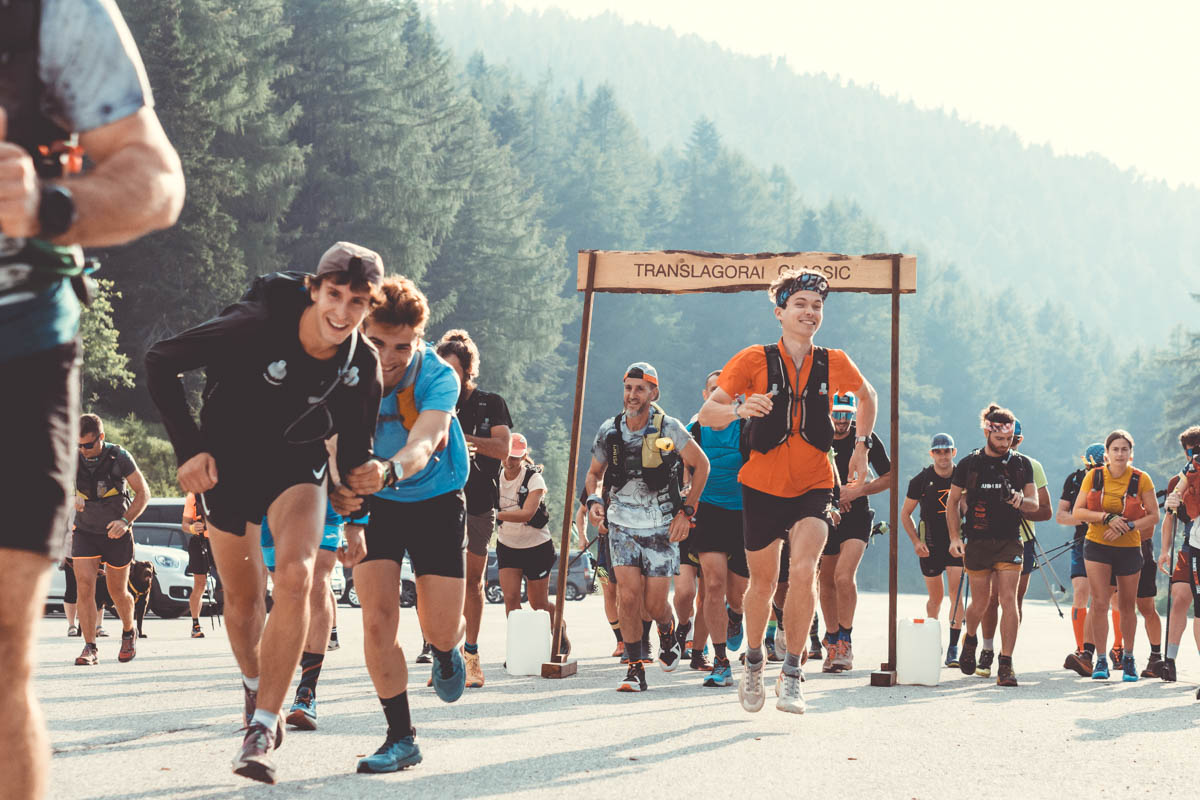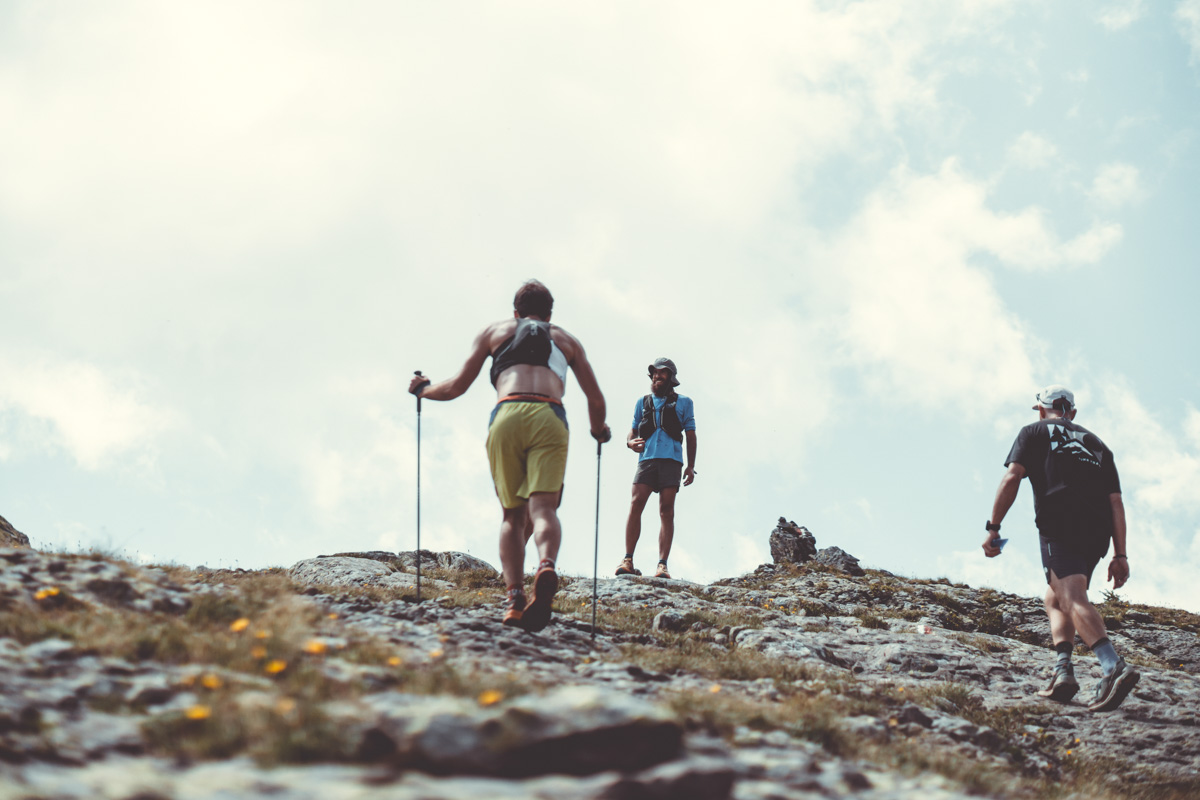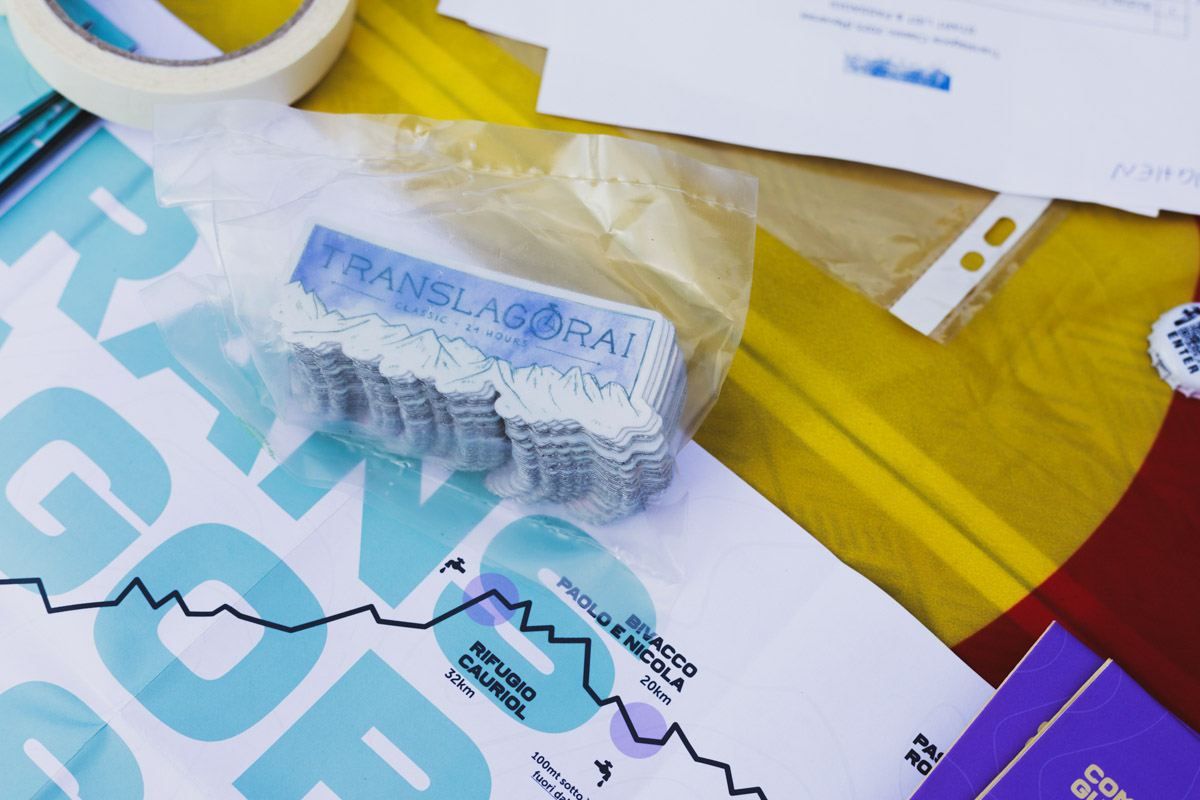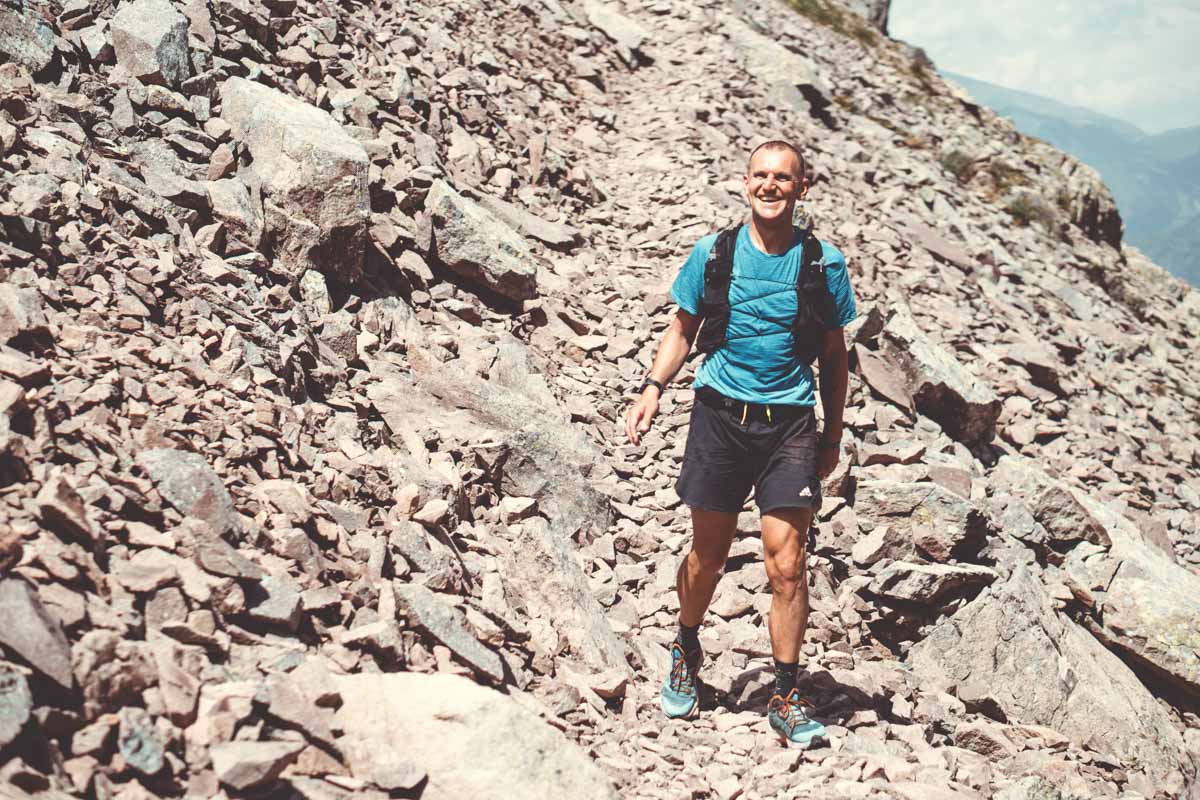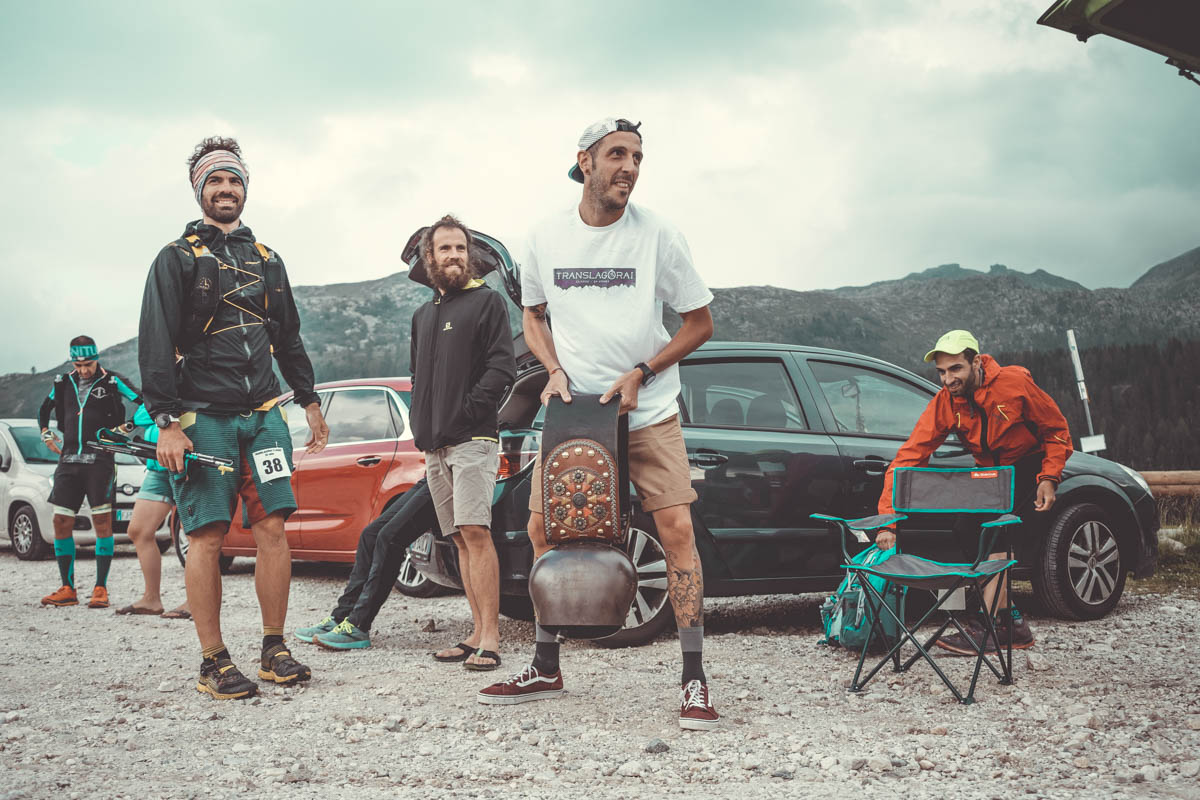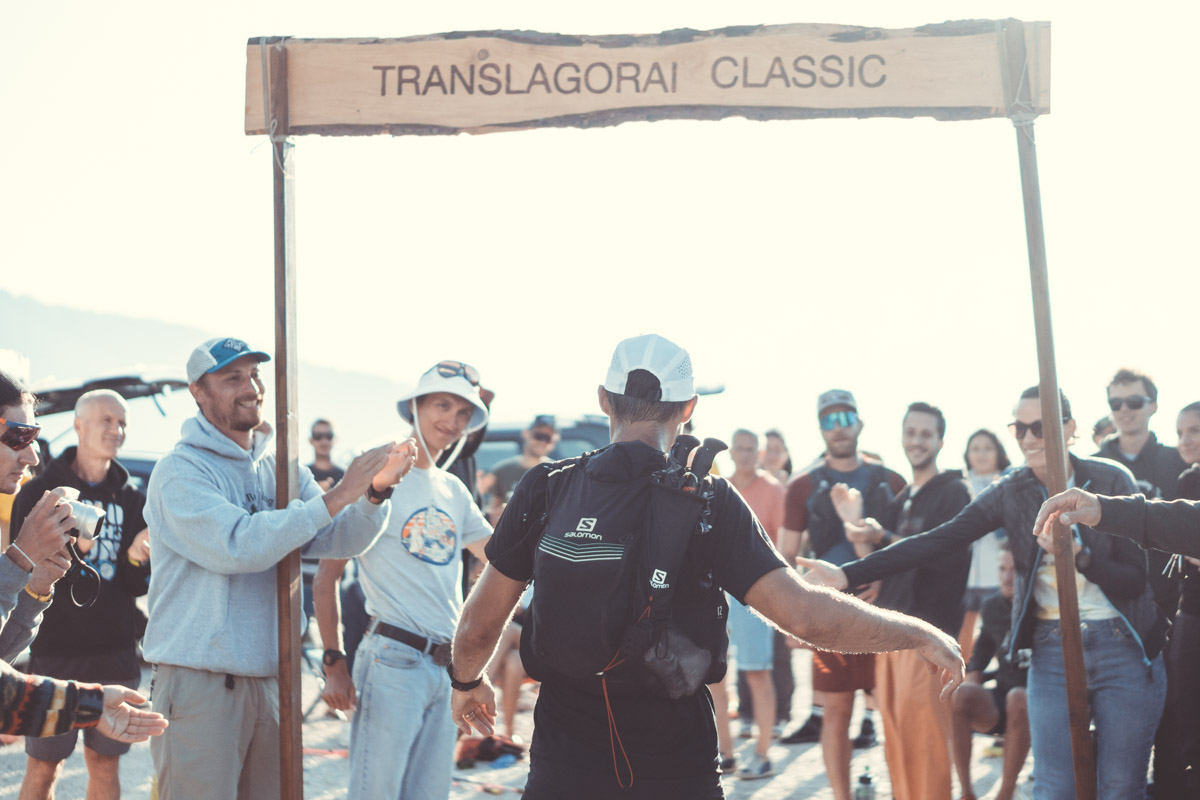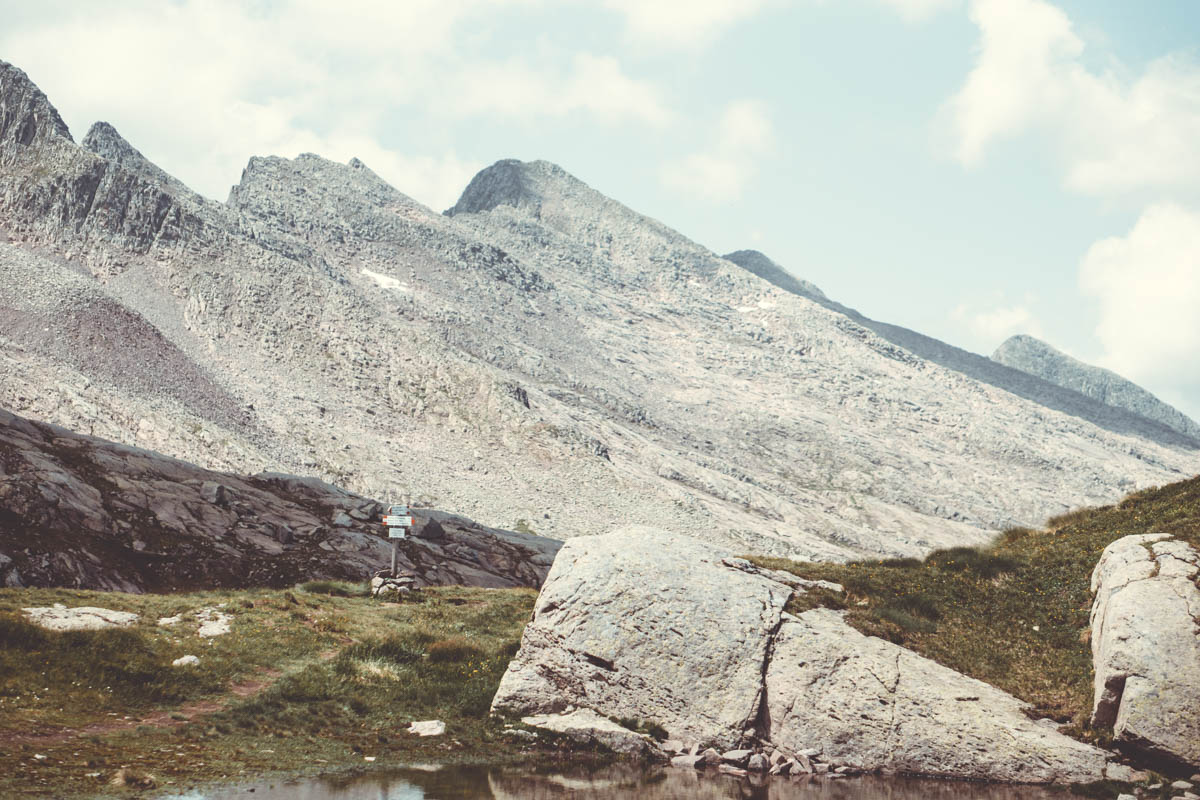[Editor’s Note: This Community Voices article was written by Translagorai Classic organizer and ultrarunner Filippo Caon and translated by Ulla Pers.]
In 2020, Francesco Gentilucci aka Paco told the history of Nolan’s 14 — a story that was hardly known at the time in Italy — in a well-known Italian running blog. It was the first year of the COVID-19 pandemic, and after writing the article and with no races to run, Paco realized that the time had come to organize something in Italy that would bring back that intimate and essential dimension to our sport that he felt Nolan’s 14 embodied. And so he thought up the Translagorai Classic, a challenge to complete an 80-kilometer route traversing the Lagorai mountain range in Trentino in northern Italy in under 24 hours.
Inspiration for the Translagorai Classic
For those not familiar with Nolan’s 14 history, in 1998, Fred Vance asked his friend Jim Nolan how many of the Colorado Fourteeners — mountains taller than 14,000 feet — he thought could be strung together in 100 miles. Nolan said 14. In 1999, Vance, along with his friends Blake Wood and Gordon Hardman attempted the crossing. While none of them finished that August, the following year they succeeded in organizing a start that was limited to a few participants and that had very few and simple rules: no pacers allowed, travel route alternating each year, a final cutoff of 60 hours. This was an informal event devoid of permissions that was eventually abandoned, and the route became a premier mountain route test piece with many individual fastest known time (FKT) attempts.
Similar to Nolan’s 14, the Translagorai Classic crosses the Lagorai mountain range from east to west, from Rolle Pass to Panarotta, with more than 5,000 meters of elevation. Paco, alongside Luca Forti, who had run it solo the year before, decided to organize a collective start open to all in July of 2020. Like for Nolan’s, the rules were also very few: You have to be independent; if you decide to give up halfway through the route, you have to find yourself a vehicle, hitchhike, or return to the starting point on foot. Basically, you have to figure it out for yourself. There’s no mandatory gear; pacers are allowed; the direction changes each year — in even years it is Rolle to Panarotta, in odd years it is Panarotta to Rolle; and if you run it in less than 24 hours, we will send you a sticker at home. Don’t see it as a personal feat — there’s no heroism here. No one cares what you do; they’re only interested in the attitude with which you do it.
Growth of the Translagorai Classic
In 2020, nine people left from Passo Rolle. The following year, there were 45 people, and the year after that, there were 65. Paco set up a website which records all attempts — successful and not — that are carried out both during the collective departure dates and at any other time of the year. Because the crossing has always existed and is always there, you can just go and try it any given year. In 2022, management of the collective departure passed to the Trento Running Club, an informal group of friends with whom we have also started organizing trail work activities, which are required in order to be able to participate in the collective crossing.
Today, the Translagorai Classic is a popular route with regular FKT attempts. The men’s record is held by Nadir Maguet, set when he covered the route in 9 hours 57 minutes in 2024. Noor van der Veen also set the women’s record of 18 hours 35 minutes in 2024. The crossing takes place over very technical terrain; people really don’t grasp how slow it is until they find themselves in the thick of it. Two-thirds of the crossing is made up of endless expanses of porphyry without a defined path, where, in addition to knowing how to move, you also need to know how to orient yourself. It’s not dangerous, it’s not extreme, it’s just slow and exhausting. Not only that, but it is very isolated.
Although the Lagorai is a mountain range surrounded by the Dolomites, which are among the most anthropized mountains in the world, the Langorai have mostly managed to remain off the main tourist tracks. Since the inception of Translagorai Classic in 2020, the popularity of the area has grown. As so often happens in cases like this, precisely because no one was ever talking about the Lagorai, suddenly everyone started talking about it. To avoid the crossing becoming yet another tourist spot, over the years, together with the Translagorai Classic Board, we have tried to introduce some natural skimming systems, based not so much on luck — like a lottery — but rather on merit.
We started requiring mandatory hours of trail work, inviting participants to return each year not only to run again, but also to provide assistance — to volunteer, or simply to help. In just a few years, we have created a family around the race, one made up of people with first names and surnames who we know and see again year after year. Not only that, in recent years, precisely to preserve the size of the crossing, we have tried to keep communications low-key, using only a Facebook page and choosing not to open an Instagram profile. We have refused sponsorship from running gear companies because this would have diluted the vibrant spirit of the event, one that belongs first and foremost to the actual people who fuel it year after year. For this very reason, the experience is not for sale. We have produced a photography book which is published in a very limited edition, rejecting some offers from a couple of publishing houses.
People who have never participated in this event might think this is our way of appearing exclusive, but it’s not like that at all. It’s simply the only way to preserve a small event from the effects of the growth of the sport. For the rest, as I wrote above, the crossing is always there. If one wants to, one need only go try it.
Different Styles in Running
I’ve worked on an Italian podcast this last year called “Pionieri” that covers the history of trail running in Italy from the 1980s to today. To make it happen, I spoke with many people, including athletes, race organizers, old glories, psychologists, skyrunners, and ultrarunners — all of very different ages and walks of life. I’ve spoken to the first Italians to have run 100-mile races and with the first skyrunners to have recorded 4,000-meter ascent records in the Alps. Naturally, while speaking with all these people, many different opinions emerged, some diametrically opposed, as did very different ways of perceiving the sport. It was a complicated panorama, one full of contradictions and facets, within which everyone seems to find their own space, their own corner, their own niche to follow — in short, their own style.
I’ve always had a very clear idea of what I wanted from this sport, and perhaps even more so of what I did not want. I’ve also always had a very precise idea of how an event should be organised, of what was right and what was wrong. Over the years, I have run very different races: skyraces and cross country, half marathons and 100 miles in the desert. I have participated in very large, commercial races and in very small ones, and I have never felt uncomfortable or out of place. Whether I found myself standing in the middle of a crowd in Place du Triangle de l’Amitié in Chamonix at UTMB or on 6th Street at the start of the Leadville 100 Mile, I’ve always felt good and very much at home.
And so, doing those interviews for the podcast, I happened to agree with everyone — with the organizer of the big international race and equally with the solitary mountaineer, with the skyrunner, and with the amateur ultramarathon runner. I have asked myself if this was because I lack a personal opinion. Those who know me know that I have my ideas and I declare them without hesitation. So, I have come to the conclusion that if I am fascinated by all these very different souls that populate our sport, it must be precisely because they can all coexist together.
A Blank Canvas
For me, Translagorai is probably the thing that comes closest to the very essence of our sport. It is simultaneously logical and aesthetic. It can be tackled in a group or alone, with assistance or in total autonomy. It can be taken on discovering it one bit at a time or preparing meticulously, piece by piece, and then running, holding your breath, as fast as you can.
I think each race has its own style in which it must be tackled. I would never want a pacer at UTMB because it doesn’t belong to its history. I would run the Western States 100 with only two bottles at hand and the Lavaredo Ultra Trail in total self-sufficiency because those are the characteristics with which those races were born.
The Translagorai Classic is a blank canvas open to the style of each person who runs it. It is open to each runner’s free initiative, to their individual style. For this very reason, we only publish photos of the arrivals, departures, and from the only two refreshment points. We show nothing of what lies in between. Because to show it, to speak of it, and to tell of it would deprive it of that even slightly mysterious charm that makes it what it is. This is why we are particularly harsh when a company or a large media outlet tries to speak about it, because by talking about it and gaining from it, they would take away from the people who come the right to discover it for themselves, as we all have done. And this I find to be unforgivable.
Translagorai Classic is a straight and logical line. And it’s beautiful, it’s really beautiful.
Throughout my life, I’ve run several races that I could well consider to be a race par excellence. But at the end of the day, every year we find ourselves back in that same parking lot with one wooden arch, some friends, and a beer, doing something that feels very subversive — running a mountain crossing in 24 hours. Ultrarunning is many things, but for me, it all begins and ends right here.
Call for Comments
- Have you had a chance to participate in the Translagorai Classic or run in the Langorai mountain range?
- What styles of events, routes, or running appeal to you?
